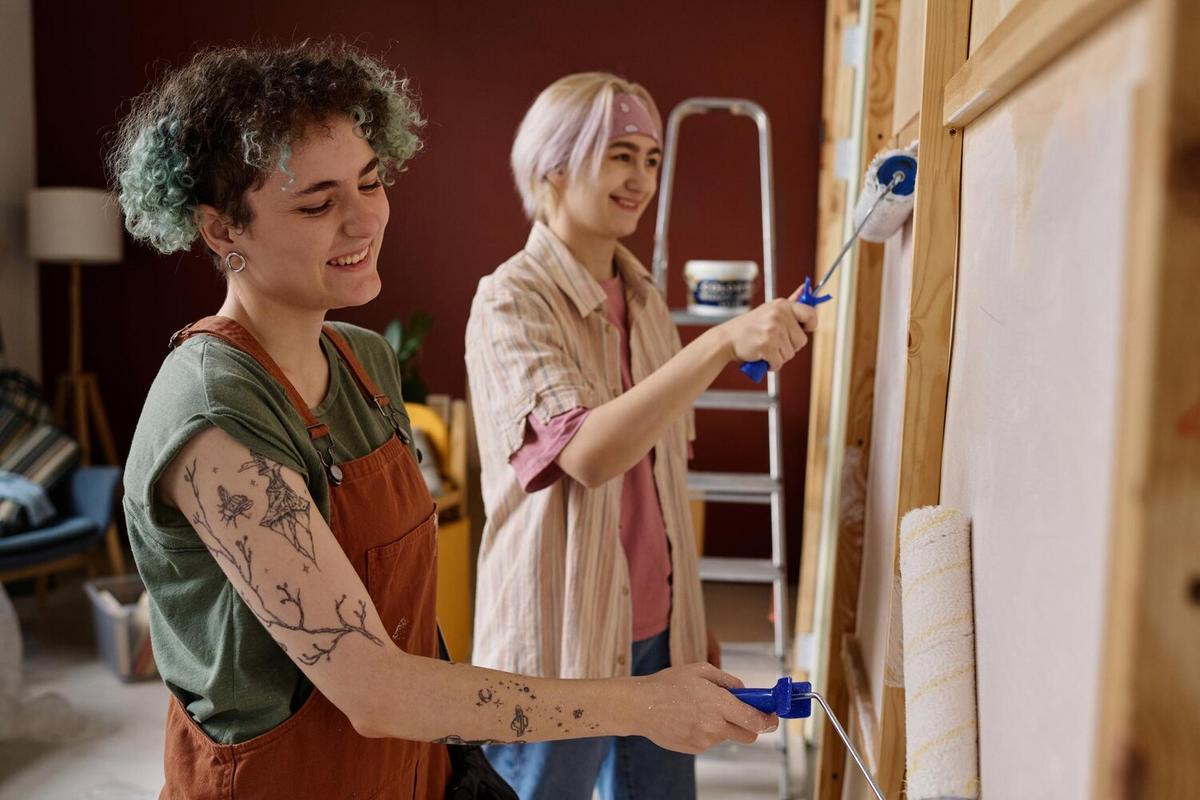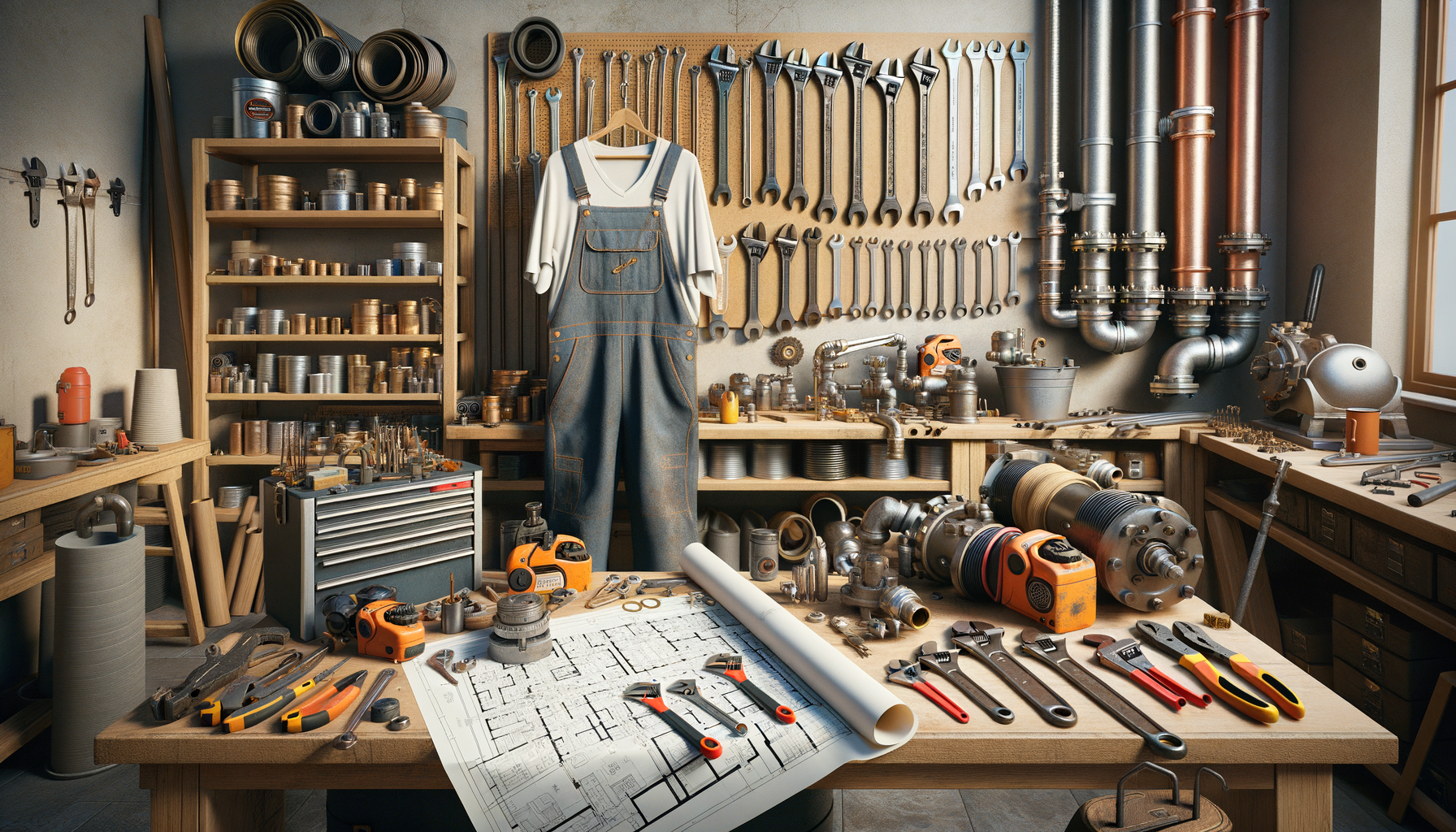Are you ready to unleash your inner artist and transform your living space with a fresh coat of paint? DIY painting can be a rewarding and cost-effective way to revamp your home, but it requires some know-how to achieve professional-looking results. In this guide, we’ll unlock the secrets to successful DIY painting, sharing expert tips, research findings, and personal anecdotes to help you on your journey.
Preparation is Key
Before you even pick up a brush, proper preparation is essential for a successful painting project. According to professional painters, spending time on prep work can save you from headaches down the line.
- Clean the Surface: Dust and grime can prevent paint from adhering properly. Wipe down walls with a damp cloth and mild detergent.
- Repair Imperfections: Fill in holes and cracks with spackle or filler. Sand the area smooth once it’s dry.
- Use Painter’s Tape: Protect trim, ceilings, and other areas you don’t want to paint with painter’s tape.
Choose the Right Paint
Not all paints are created equal. Selecting the right type of paint for your project can make a significant difference in the final outcome.
| Type of Paint | Best For | Finish |
|---|---|---|
| Latex | Walls and ceilings | Matte, eggshell, satin |
| Oil-based | Trim and doors | Semi-gloss, high-gloss |
| Primer | New drywall or stained areas | Flat |
| Specialty Paints | Bathrooms, kitchens | Semi-gloss, high-gloss |
| Chalk Paint | Furniture | Matte |
| Milk Paint | Antique finishes | Matte |
| Enamel | Outdoor furniture | Gloss |
| Masonry Paint | Brick, concrete | Flat, satin |
Research by the Paint Quality Institute suggests that high-quality paints not only provide better coverage but also last longer, saving you time and money in the long run.
Mastering the Technique
Even with the best preparation and paint, your technique can make or break your project. Here are some expert tips to ensure a smooth and even finish:
- Use the Right Tools: Invest in high-quality brushes and rollers. Cheap tools can leave streaks and shed bristles.
- Apply Primer: Primer creates a uniform surface and helps paint adhere better. This is especially important for new drywall or stained surfaces.
- Follow the W Technique: When using a roller, paint in a “W” pattern to distribute paint evenly and avoid lines.
- Maintain a Wet Edge: Keep a wet edge to avoid lap marks. This means blending each new section of paint with the previous section before it dries.
“A good brush and roller can make a world of difference in your painting project,” says Clara Hyngius, a professional painter with over 20 years of experience.
Personal Anecdotes and Examples
From my own experience, I once tackled a DIY painting project without proper preparation, and the results were less than stellar. The paint started peeling within a few months, and I had to redo the entire job. Since then, I’ve learned the value of taking the time to prep and using quality materials.
Actionable Tips
- Plan Your Project: Decide on a color scheme and gather all necessary supplies before you start.
- Test Colors: Paint small swatches on the wall and observe them at different times of the day to see how lighting affects the color.
- Work in Sections: Focus on one wall or section at a time to ensure even coverage.
- Take Breaks: Painting can be physically demanding. Take breaks to rest and hydrate.
Frequently Asked Questions
Q: How many coats of paint do I need?
A: Most projects require at least two coats of paint. However, the number of coats can vary depending on the color and type of paint.
Q: Can I paint over wallpaper?
A: It’s generally not recommended to paint over wallpaper. Removing the wallpaper and prepping the wall is the best approach for a smooth finish.
Q: How do I avoid brush marks?
A: Use high-quality brushes and apply paint in thin, even layers. Sanding between coats can also help achieve a smooth finish.
Conclusion
Unlocking the secrets to successful DIY painting involves proper preparation, choosing the right materials, mastering your technique, and learning from experience. By following these tips and advice, you can achieve a professional-looking finish and transform your space with confidence. Ready to get started? Gather your supplies, put on your painting clothes, and let your creativity flow!




Leave a Reply